Dlintiarnas
The lonely Dlintiarna is fearful, but the pack is fearless.
Appearance
Dlintiarnas' height varies between 1 and 1.60 meters. Their length is similar to the average horse, between 2 and 2.5 meters for adults.Domestication
Dlintiarnas were domesticated hundreds of years ago, further than Gérouns can remember. Their primary use is as mounts; not only are Dlintiarnas fast, but they are also endurant. They can maintain a trotting speed for hours as long as they are adequately fed and cared for.What also makes them exceptional mounts is their cold-blood. Dlintiarnas rarely get spooked, as they tend to believe that their horns and powerful legs are enough to protect themselves.
I knew we humans could be crazy about our horses, but I never saw an auction as passionate as those for this breed. There was this poor little man from the countryside, the prices raised so quickly that he did not even have time to place a bid.
Some breeds were selected for their tendency to grow fat, and are kept as livestock. Occasionally, Meniceans will harvest them for food and leather.
Wildlife
Wild Dlintiarnas are among the most common animal to find in Menicea. They especially are abundant in deciduous forests where the dirt is easy to dig.Social Structure
Male Dlintiarnas live entirely alone. They roam the forests, looking for food for most of the year. When mating season comes, they follow the trails left by females and meet their pack before looking for a partner. If more than one male is present, they will fight for the right to reproduce.Regardless of whether they won or not, the males go back to their lonely life afterward. Females live in large packs called companies. These groups are composed of many females and children, led by an Elder. When male children reach sexual maturity, adult females chase them away. On their side, female babies get to join the company for the rest of their lives.
Reproduction
As they grow, young females synchronize their biologic periods with the rest of the company. By doing so, they get pregnant and give birth roughly at the same time, allowing them to regroup easily afterward. Dlintiarnas' gestation period is three months long. At the half of the third month, pregnant females stray away from the company and dig an outdoor den. This will later help keep their babies warm and comfy. After three extra months, the mother and her babies are strong enough to return to the company, who will protect them until they grow up.Diet
Dlintiarnas are omnivores: they can eat almost everything nature provides. Despite having sharp teeth and considerable strength, they are no predators. Their only source of meat comes from already dead animals they find in the wild. Since this is not a sustainable source of food, their day is mostly spent digging small holes to find worms, roots, seeds, acorns, and sometimes moles. For that reason, fields and farms, in general, are their holy grail. Dlintiarnas gladly take meals that require almost no effort and thus often do lots of damages in farms all over the countryside.| Wild | Tamed |
|---|---|
| 8 - 10 yrs | 15 -20 yrs |
| Wild | Tamed |
|---|---|
| 80 - 180cm | 1m20 - 1m60 |
| Wild | Tamed |
|---|---|
| 80 - 200kg | 100 - 180kg |
| Wild | Tamed |
|---|---|
| 1m - 1m80 | 1m30 - 1m50 |
For a minute, the only sound filling the open air was the rattling of swords and lances being taken out of their sheath. We patiently observed the large silhouette that was looking back at us, waiting for it to be on its way. After what felt like an eternity, it finally went away. That was my first encounter with an elder Dlintiarna.
Lots of villages we saw on our way to Nelandra were also hunting and raising them as a source of food and revenue. I wonder how good they would sell in our lands...

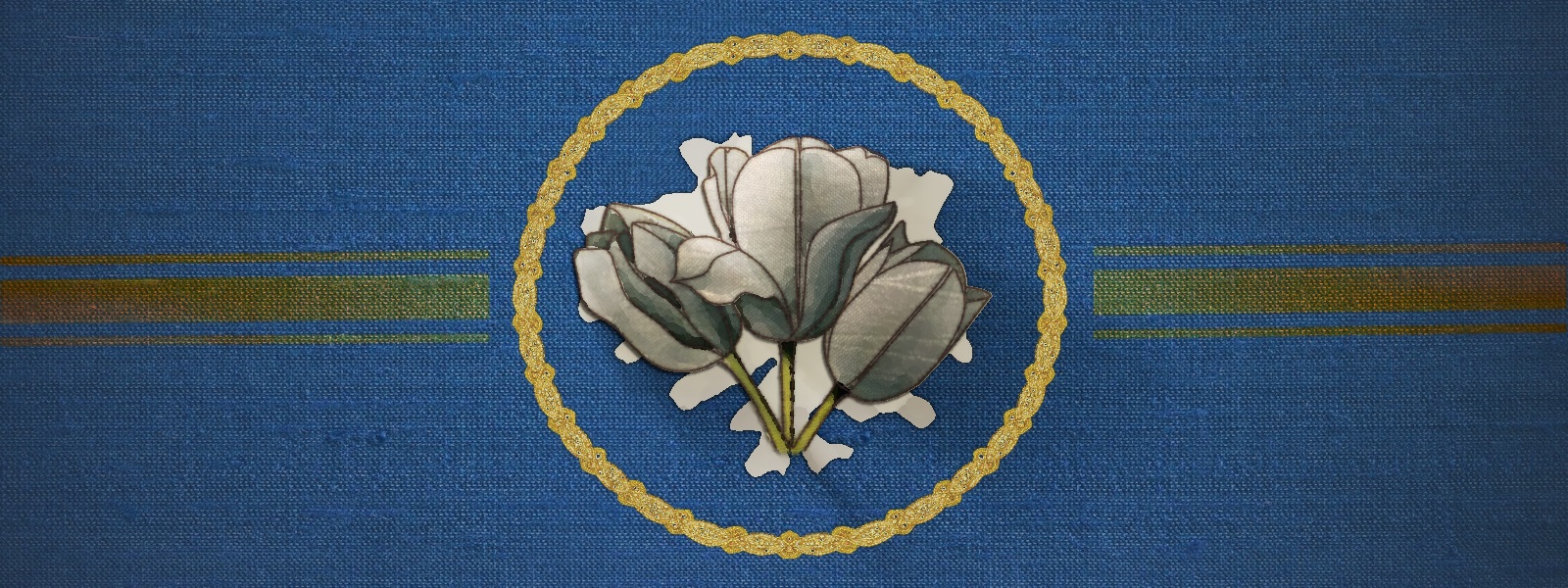

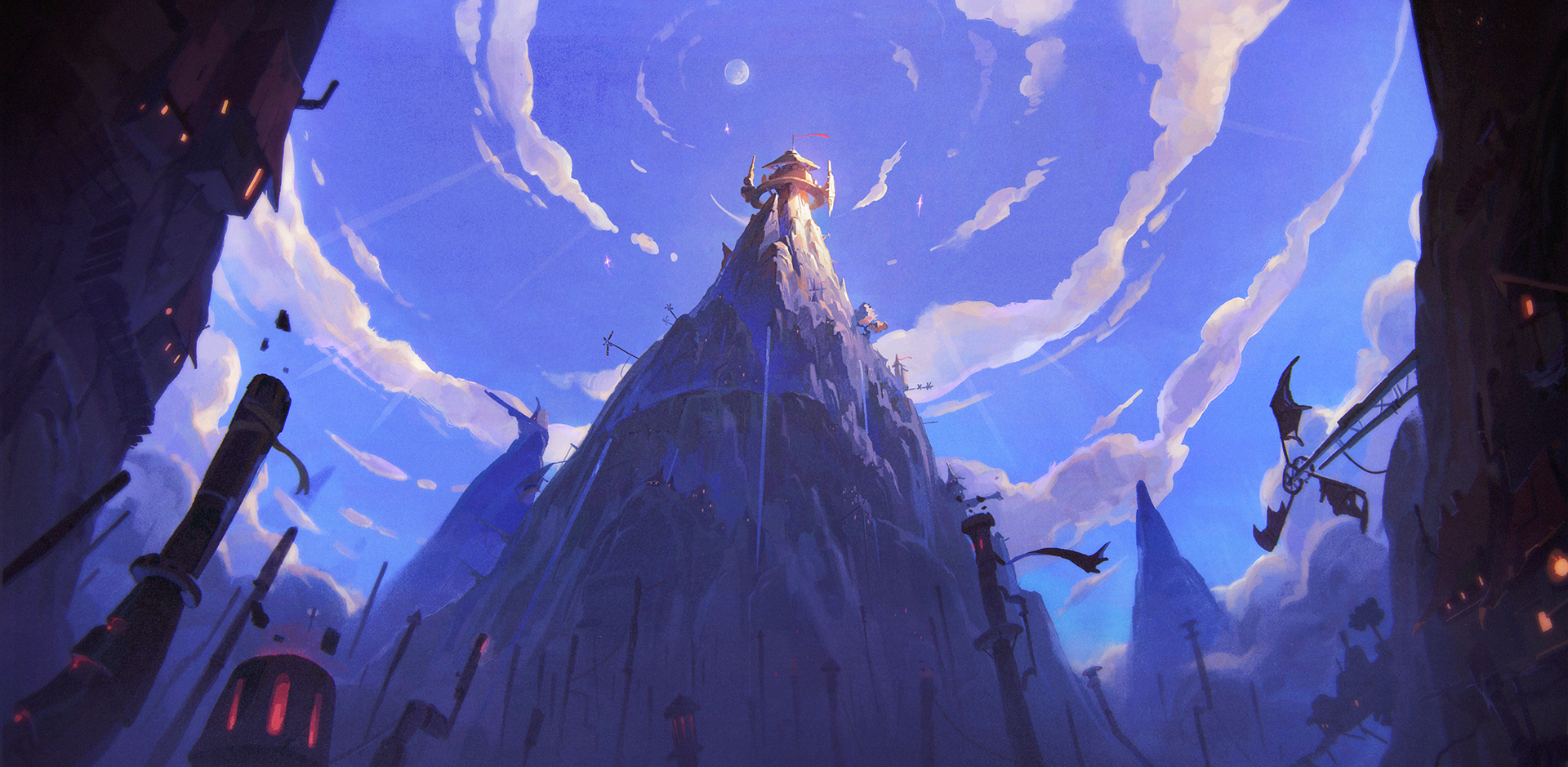
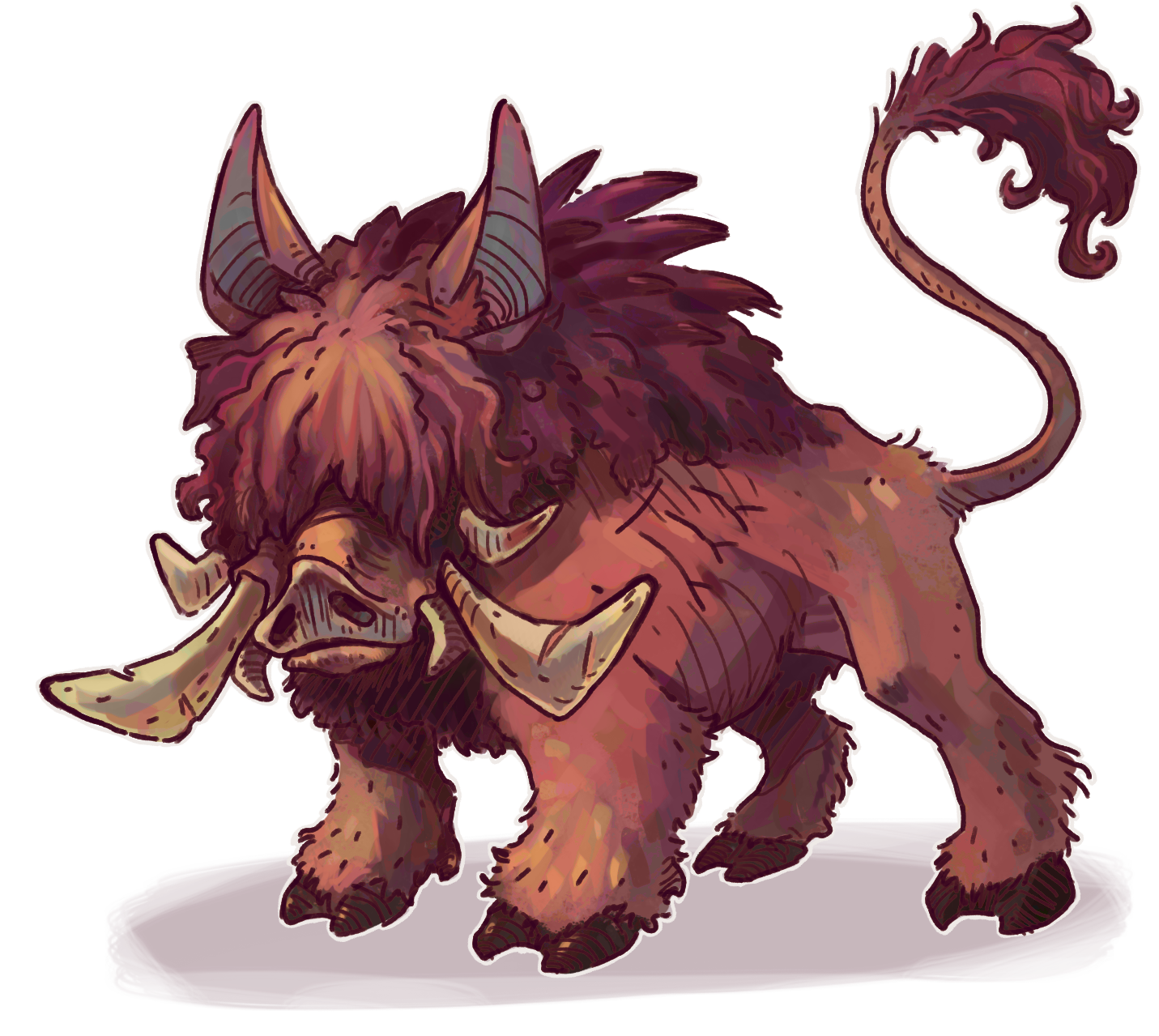
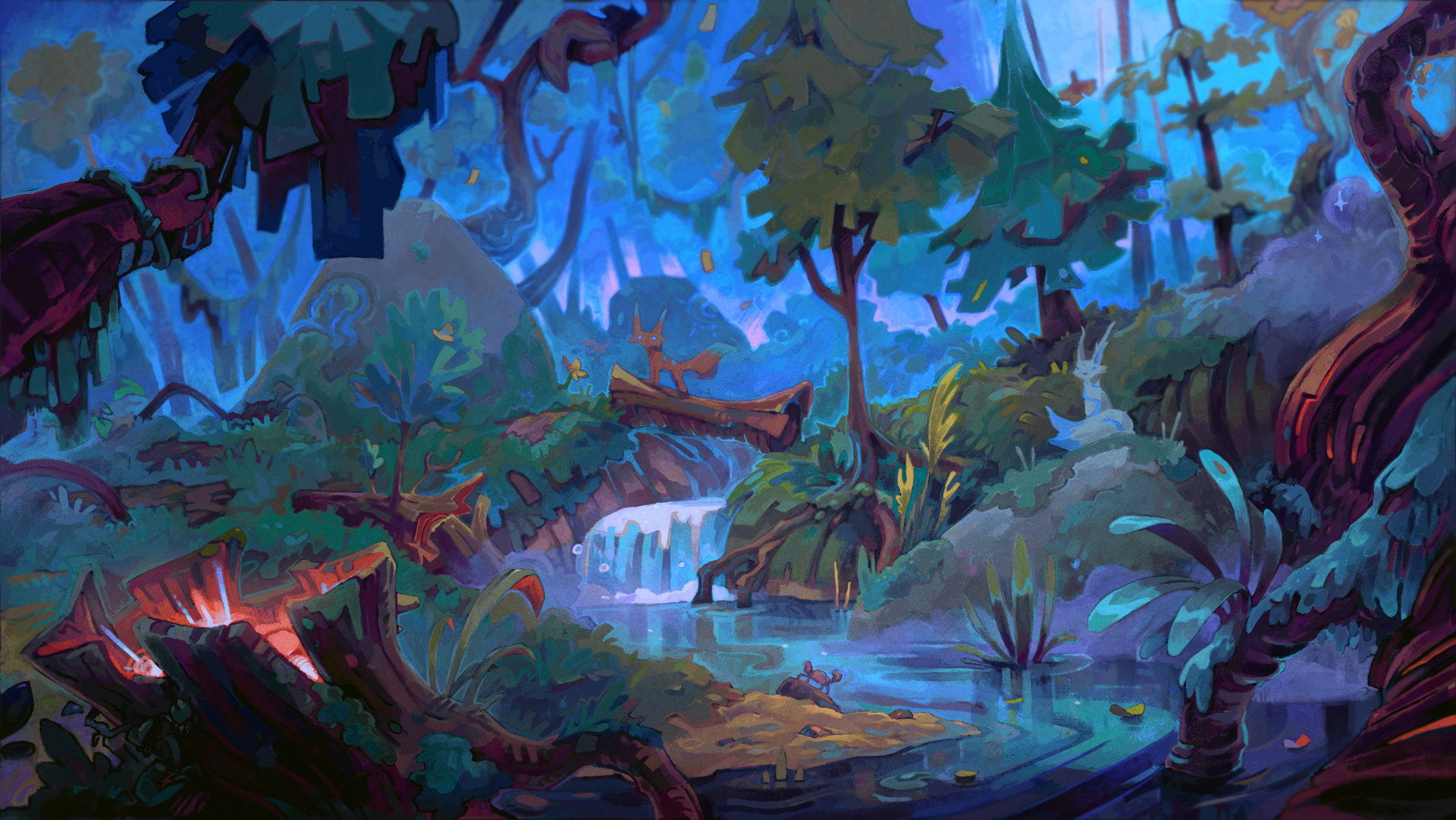

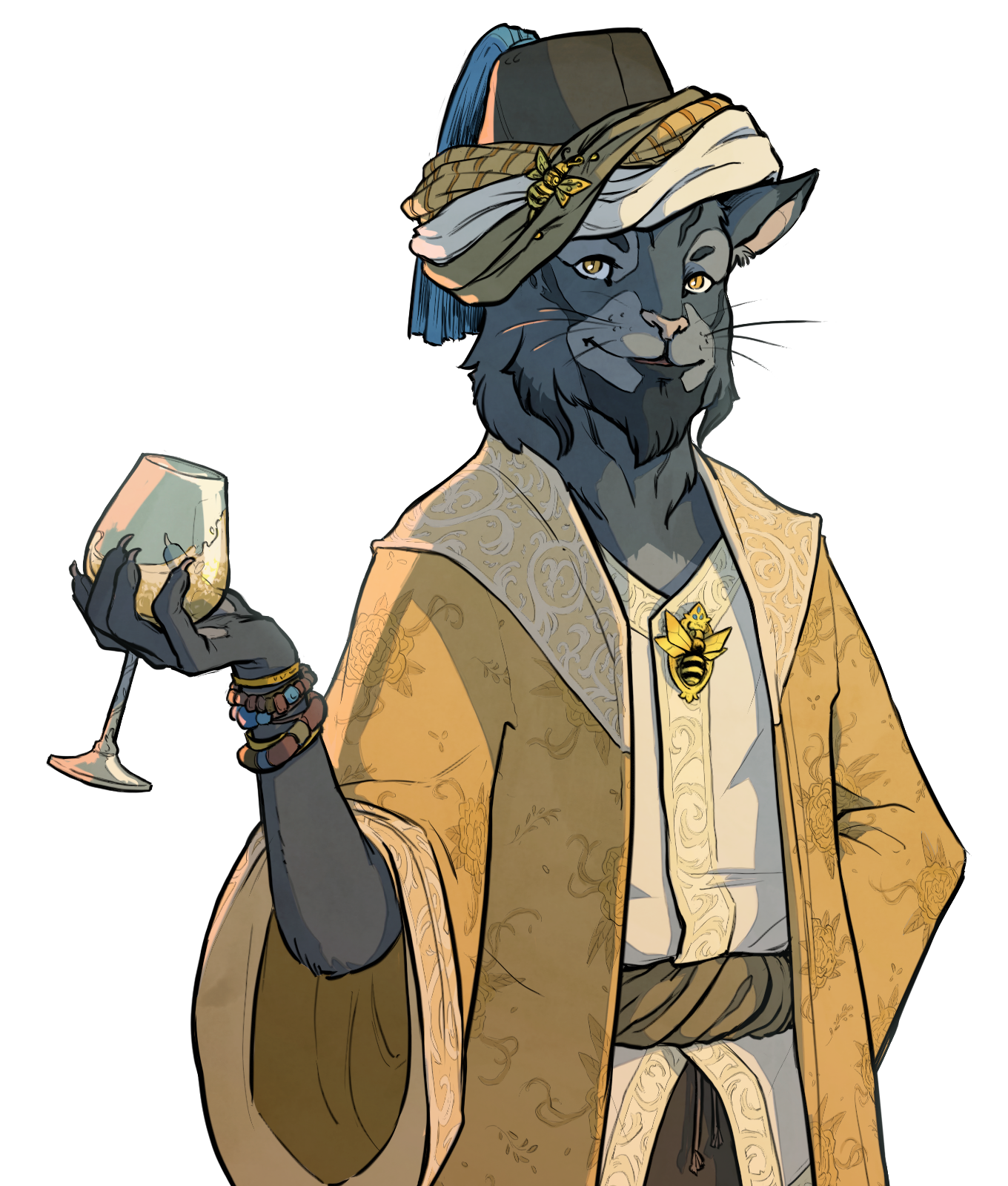
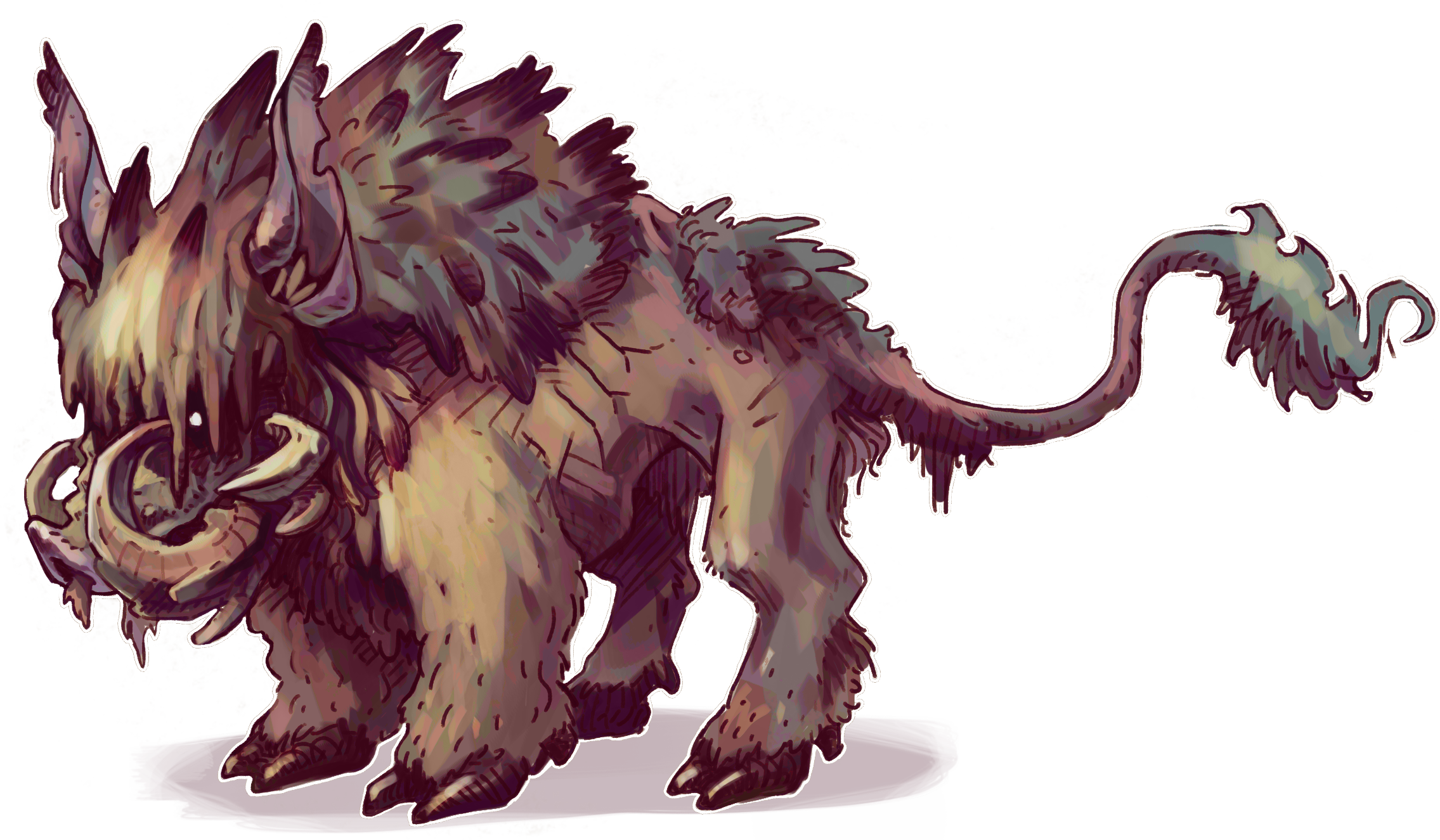


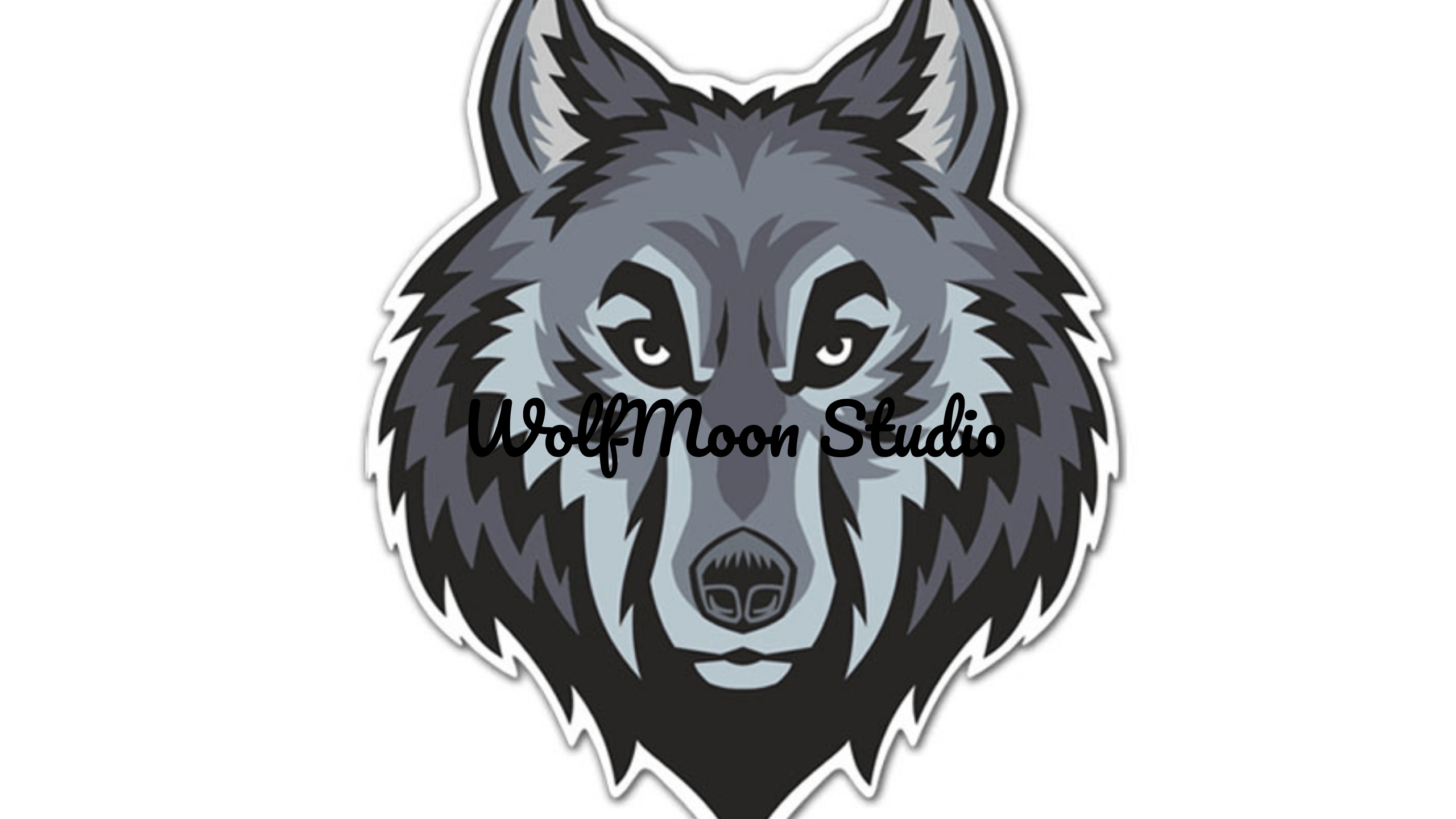
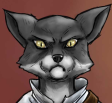
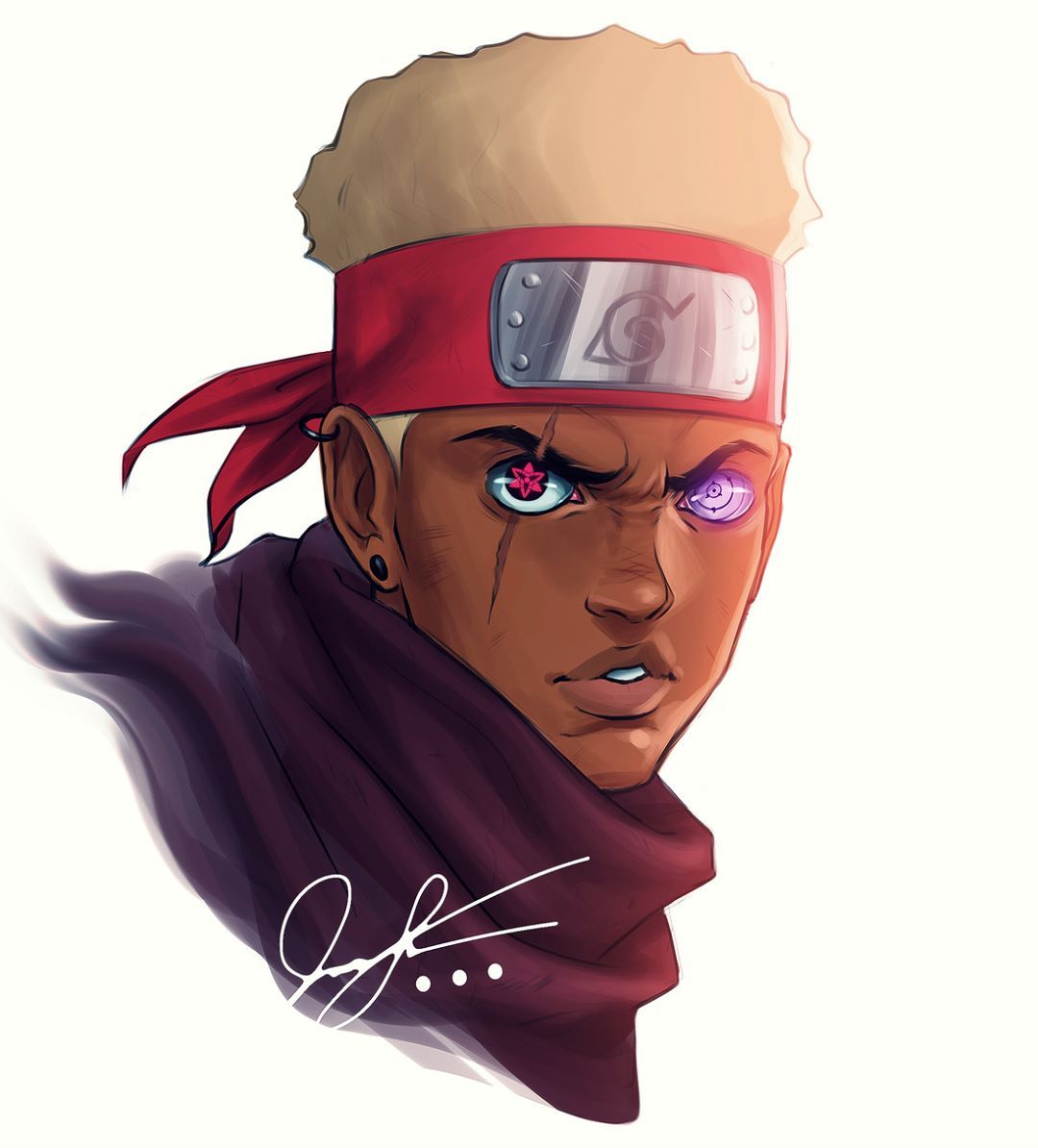
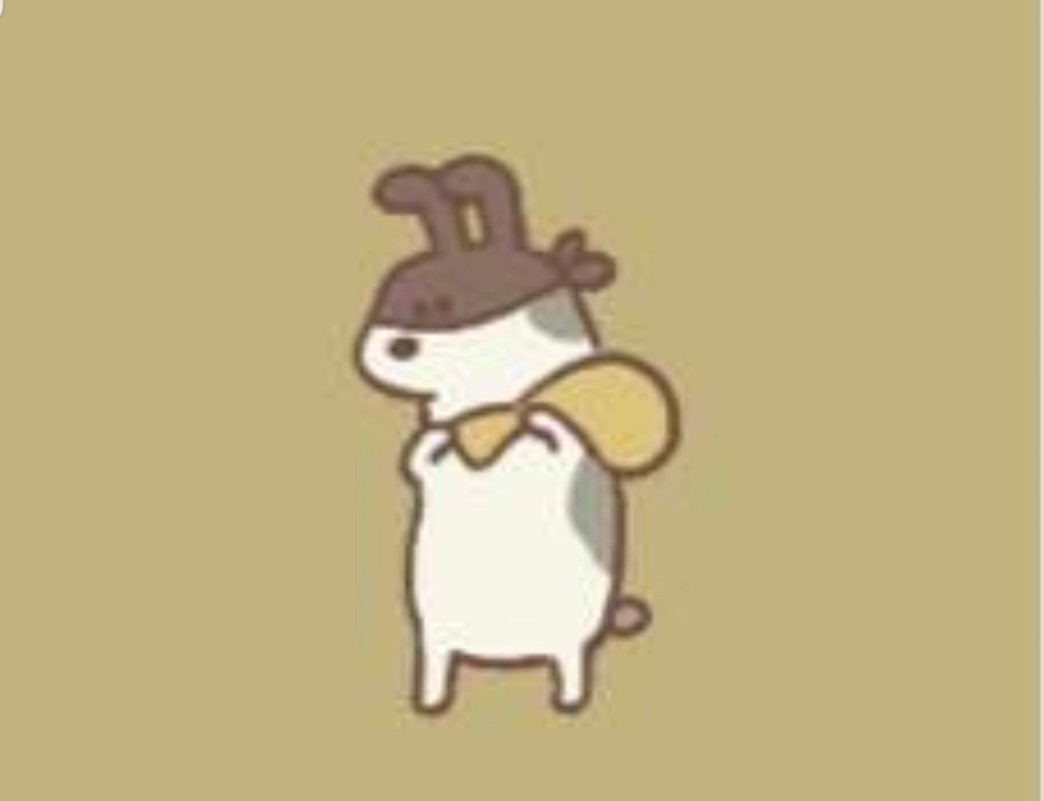
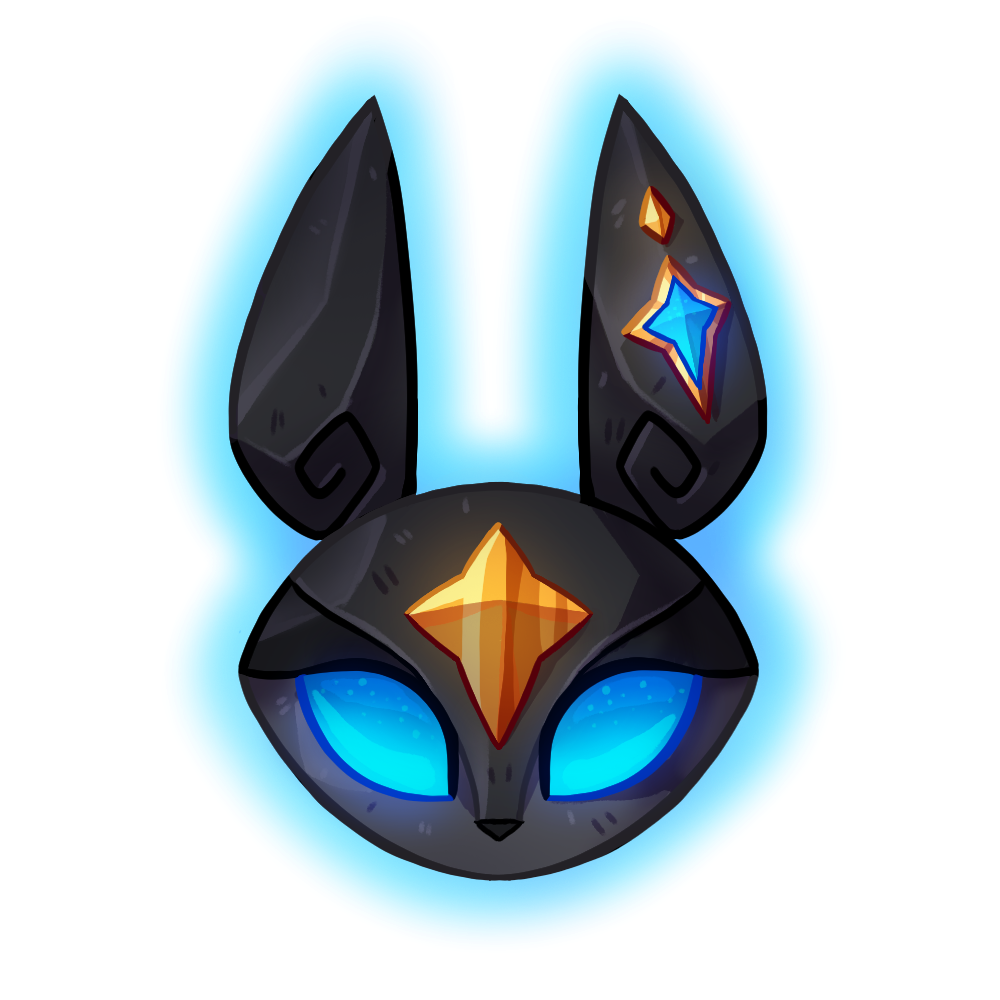
I love this article and find them both very adorable and inspiring. How would you pronounce their names, exactly? And do they have a shorter version that commonfolk refer to them by?
Thanks for the kind words. ♥ A good way to get the pronunciation for Menicean words is by putting them into the Italian google translate and have it read it out loud, I wouldn't be able to explain it here x) They do have a nickname. When people are in a hurry, they tend to call them "Tiarnas" :)